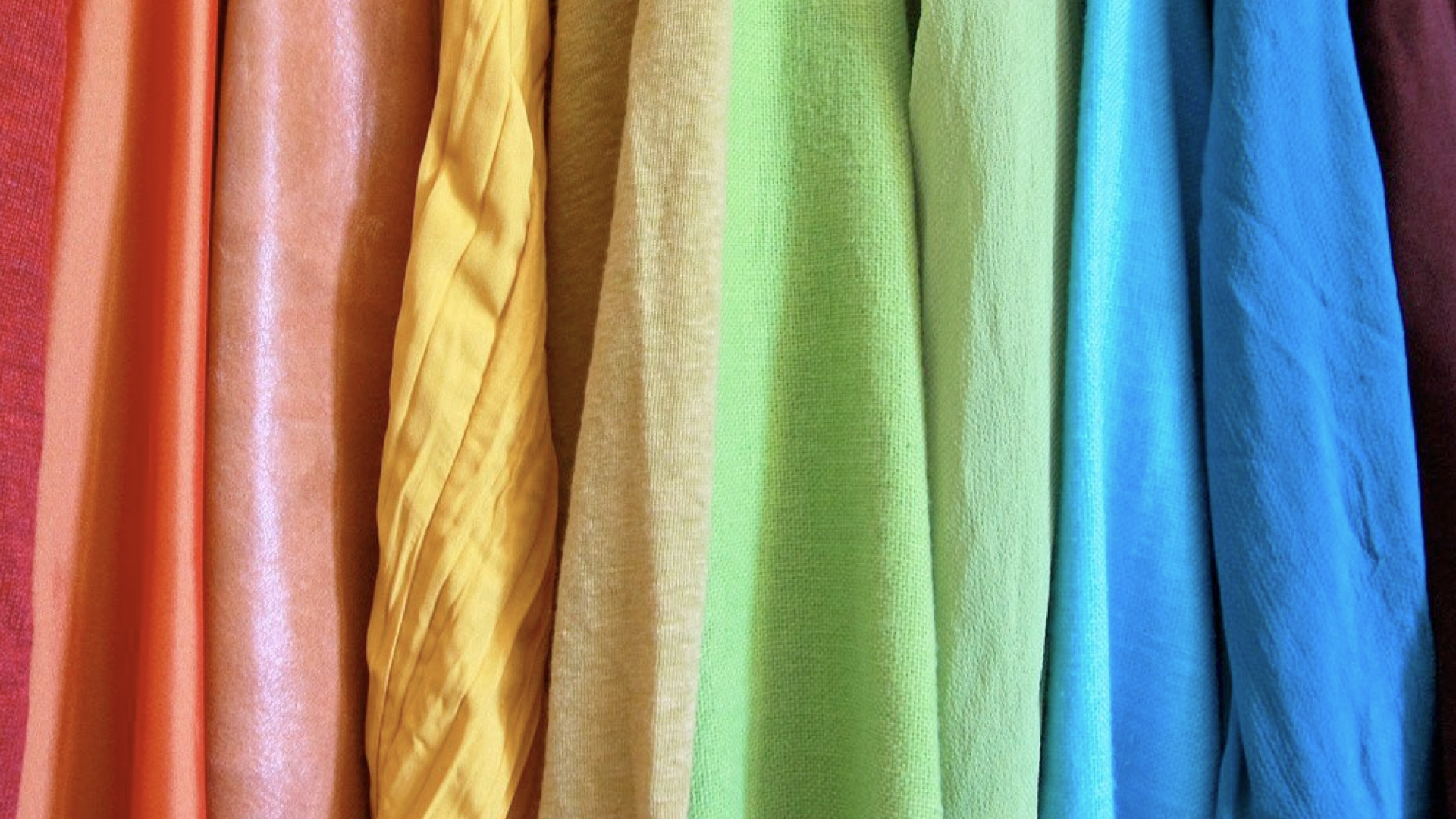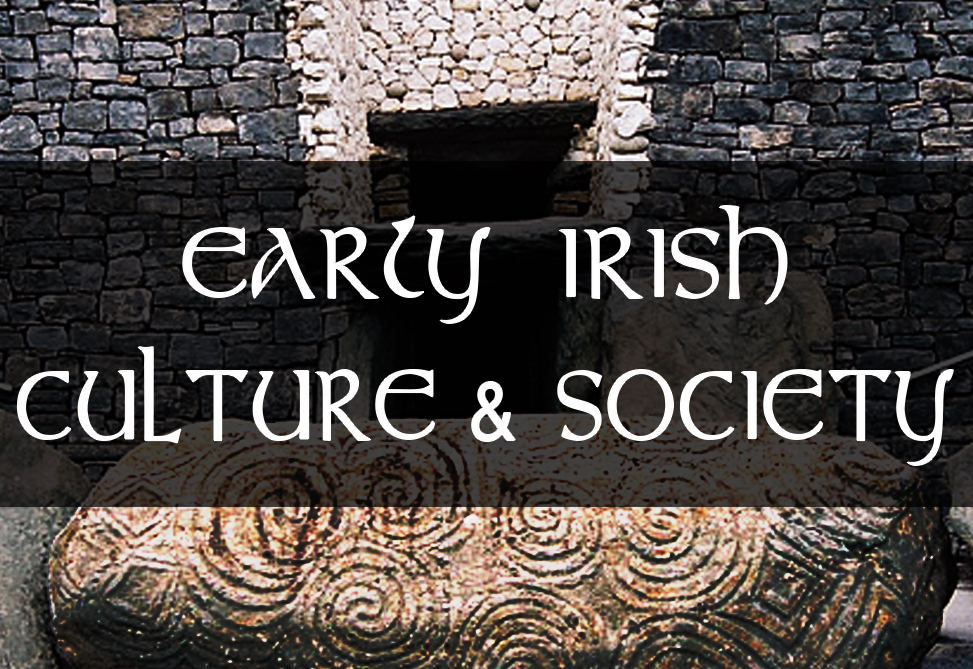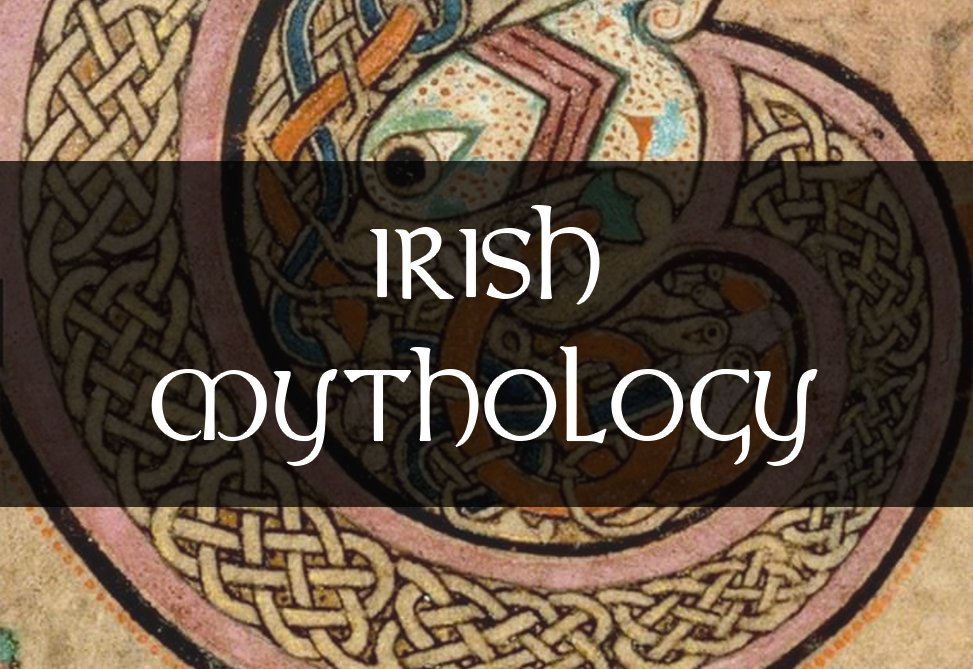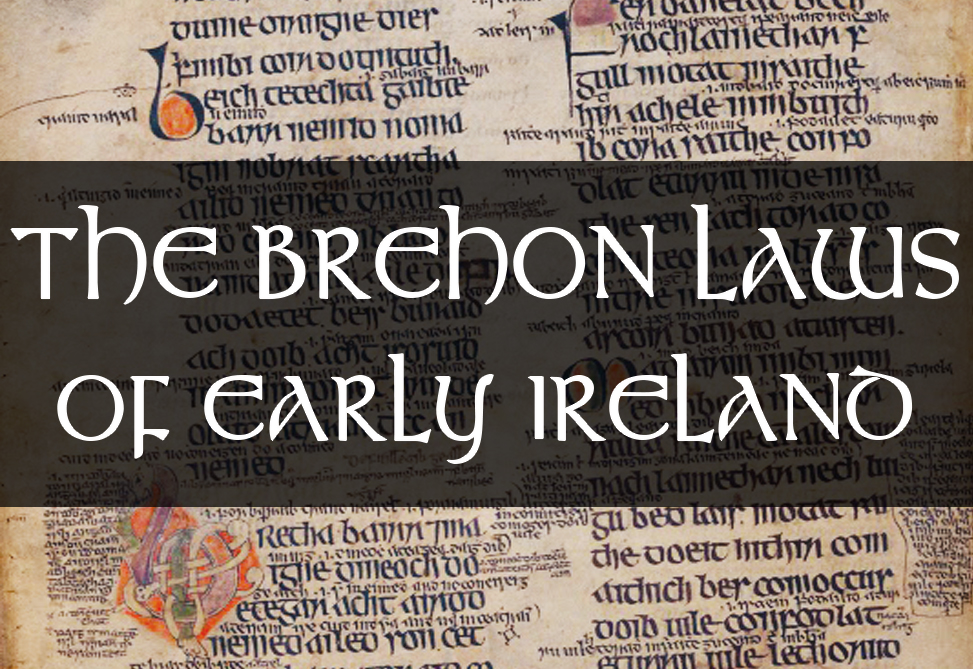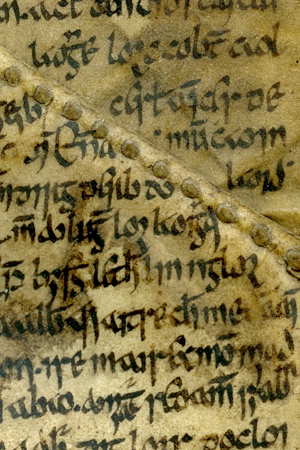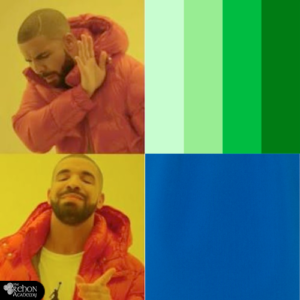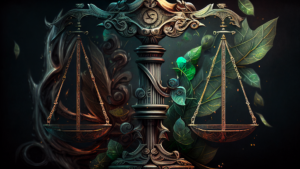It’s said by some that Homer described his sea as ‘wine dark’ because the Greeks had no word for blue. While the scholars are still debating that issue, studies on cognitive science have shown that the words available in a speaker’s language shape the way in which the speaker’s brain accepts and classifies colour. Quite literally, we see what we expect to see.
In the Irish texts, we’re lucky enough to have a number of poetic references to color that allow us to understand how the people of 9th century Ireland saw it. Many of the extant texts include references to color in context. But the most illuminating example comes from the Saltair na Rann. Contained in this 10th century text is a poem entitled ‘Creation of the Winds with their Colours’.
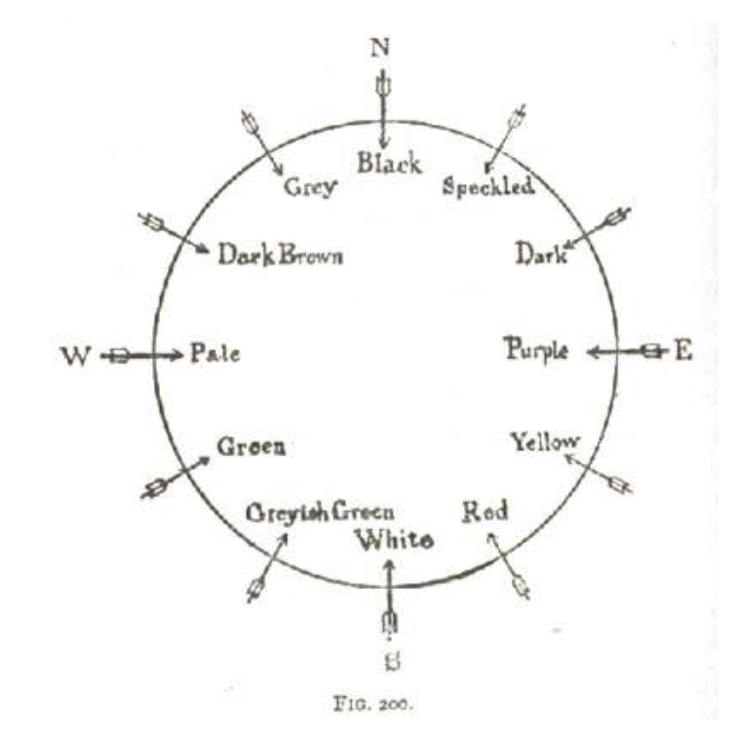
King who ordained the eight winds
Eleanor Hull, (Ed.) The Poem-book of the Gael: Translations from Irish Gaelic Poetry Into English Prose and Verse (1913)
advancing without uncertainty, full of beauty,
the four prime winds He holds back,
the four fierce under-winds.
There are four other under-winds,
as learned authors say,
this should be the number, without any error,
of the winds, twelve winds.
King who fashioned the colours of the winds,
who fixed them in safe courses,
after their manner, in well-ordered disposition,
with the varieties of each manifold hue.
The white, the clear purple,
the blue, the very strong green,
the yellow, the red, sure the knowledge,
in their gentle meetings wrath did not seize them.
The black, the grey, the speckled,
the dark and the deep brown
the dun, darksome hues,
they are not light, easily controlled.
King who ordained them over every void,
the eight wild under-winds ;
who laid down without defect
the bounds of the four prime winds.
From the East, the smiling purple,
from the South, the pure white, wondrous,
from the North, the black blustering moaning wind,
from the West, the babbling dun breeze.
The red, and the yellow along with it,
both white and purple ;
the green, the blue, it is brave,
both dun and the pure white.
The grey, the dark brown, hateful their harshness,
both dun and deep black ;
the dark, the speckled easterly wind
both black and purple.
Rightly ordered their form,
their disposition was ordained ;
with wise adjustments, openly,
according to their position and their fixed places.
Available for download in our members library here.
Each of these winds and colors has its own place in Irish culture, and these cultural connotations have shaped the modern language.
For example, you would never refer to a person of African descent as ‘an fear dubh‘ (the black man) in Irish, since that name is reserved for Satan. ‘An fear donn‘ (the brown man) is used to refer to a man with brown hair. Stuck between a cultural-linguistic rock and a hard place, the Irish language uses the term ‘an fear gorm‘ (the blue man) for people of African ancestry. And that’s just the beginning.
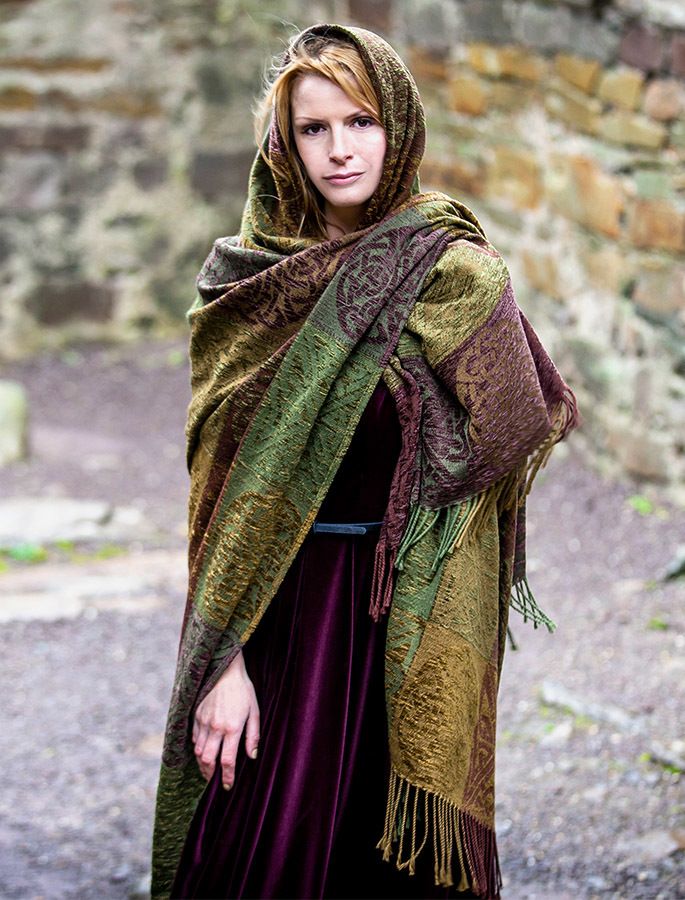
The Irish language had a specific word, dathannach, for the speckled or multicolored. This word has gone through a number of changes over the centuries: at times it’s used in reference to lichen on a rock, spots on a salmon’s back or a brindle dog, which seems sensible to modern readers. At other times it’s used to describe a nobleman’s cloth, which seems odd.
But since dye was expensive and the Brehon Laws included sumptuary restrictions on the number of colours certain ranks were allowed to wear, we come to understand that being described as ‘well dressed and speckled’ would be better translated as ‘well dressed and with many colours in their clothing.’
Key to understanding any text is the understanding of the subtext in it, and understanding the colour descriptions used in the tales that have come down to us is extremely useful in understanding the situation the original writer intended to convey.
A last note: keep an eye out for anything that is both white and red in the texts as you read them. That colour combination is reserved for things not of this world. Also, keep an eye out for characters dressed in green. Green was not a steadfast dye until the 15th century, so anyone described as ‘dressed all in green’ was wearing something that was either extremely costly or unearthly. If you’re interested in the subject of colour in the Irish language, a nice beginning resource can be found at this link: https://www.omniglot.com/language/colours/irish.php
By: Olivia Wylie
Resources:
https://www.omniglot.com/language/colours/irish.php
http://language-of-color.aic-color.org/
https://www.geolounge.com/medieval-irish-colorful-winds/
https://breac.nd.edu/about/
https://studenttheses.universiteitleiden.nl/handle/1887/35015
